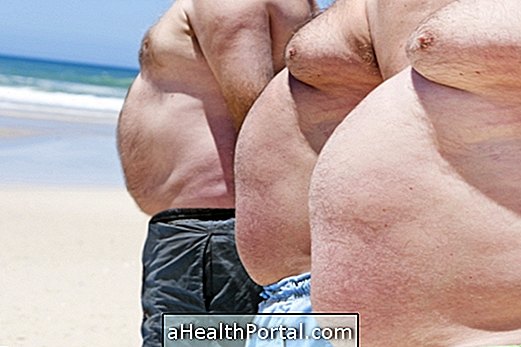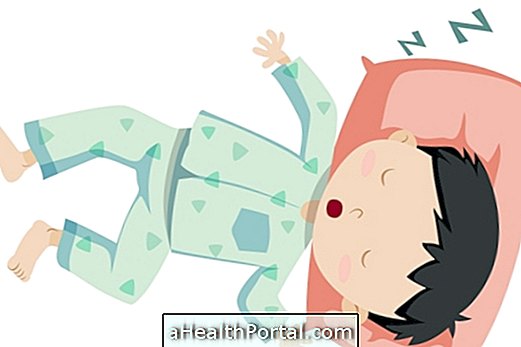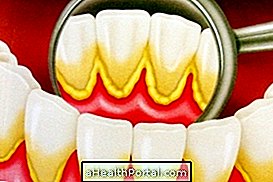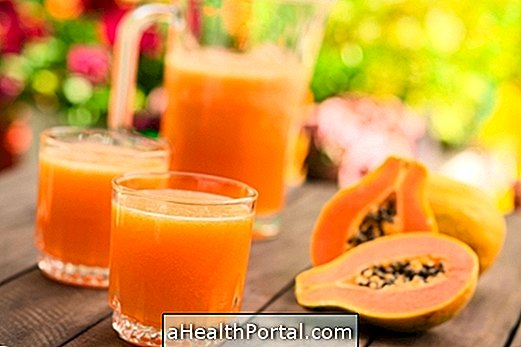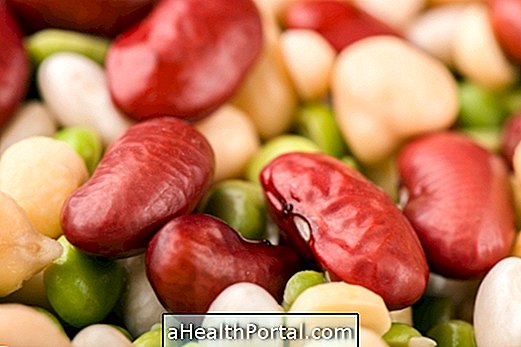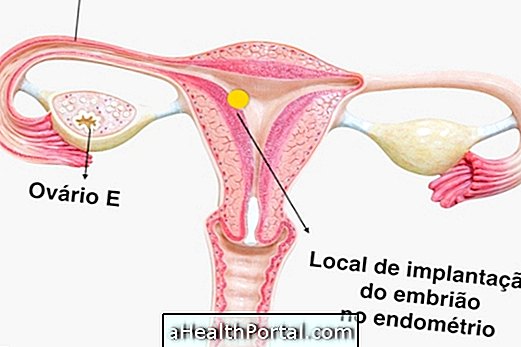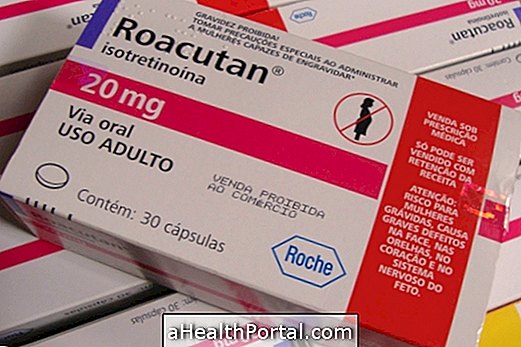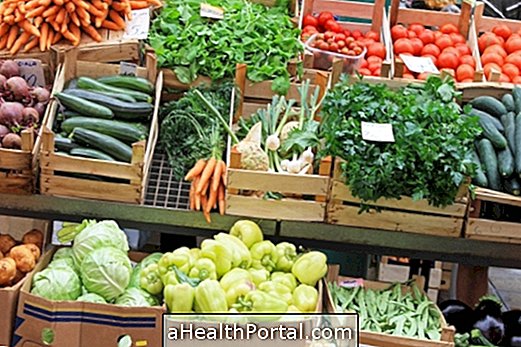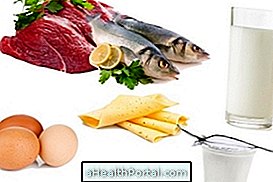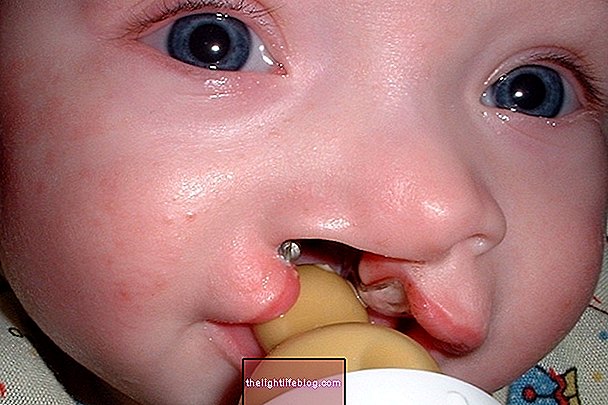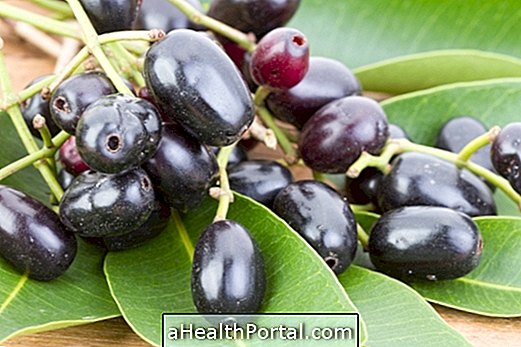In addition to a balanced diet similar to that of the general population, the gluten-free and casein-free diet for autistic children is often used, which is also known by the acronym SGSC diet. All foods containing gluten, such as wheat flour, barley, rye and certain types of oats, and foods containing casein, which are all made from milk or contain milk or milk products in the preparation, should be removed from this diet.
However, it is important to emphasize that the SGSC diet is only efficient and only recommended for use in cases where there is an intolerance to gluten and milk, and it is necessary to make tests with the doctor to evaluate whether or not this problem exists.
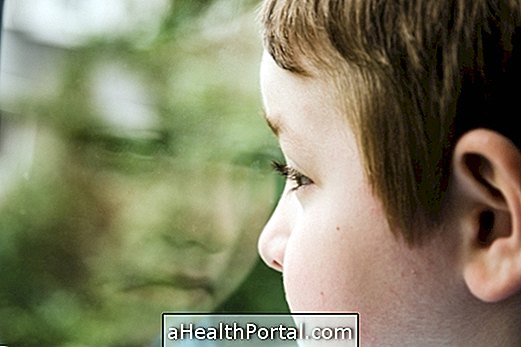
How to make the SGSC diet
In the gluten-free and casein-free diet, all foods containing these two proteins should be removed, as shown below:
Gluten
It is the protein of wheat and, in addition to wheat, it is also present in barley, rye and some types of oats, due to the mixture of wheat and oats that normally occurs in plantations and food processing plants. Thus, you need to remove foods such as:
- Breads, cakes, salted, biscuits and pies;
- Pasta, pizza;
- Beer and whiskey;
- Any food that is made from barley, rye and wheat.
It is important to look at the food label to see the presence or not of gluten, because under Brazilian legislation the label of all foods should contain the indication of whether or not it contains gluten. Find out what are gluten-free foods.

Casein
Casein is milk protein, and therefore it is present in foods like cheese, yogurt, curds, sour cream, curd, and all the culinary preparations that use these ingredients, such as pizza, cake, ice cream, biscuit and sauces.
In addition, some ingredients used by the industry may also contain casein, such as caseinate, milk yeast and whey, and it is important to always check the label before buying an industrialized product. See the complete list of foods and ingredients with casein.

What to eat
In the diet for autism one should make a food rich in foods such as vegetables and fruits in general, potatoes, sweet potatoes, brown rice, corn, couscous, nuts, peanuts, beans, olive oil, coconut and avocado. Wheat flour may be replaced by other gluten-free flours such as flaxseed, almonds, chestnut, coconut and oatmeal, when the oat label indicates that the product is gluten-free.
Milk and its derivatives can be replaced with vegetable milks such as coconut milk and almonds, and vegan versions for cheeses such as tofu and almond cheese.
Because the SGSC diet works
The SGSC diet helps control autism because this disease may be linked to a problem called Non-Celiac Sensitivity to Gluten, which is when the intestine is sensitive to gluten and undergoes changes like diarrhea and bleeding when gluten is consumed. The same goes for casein, which is poorly digested when the intestine is more fragile and sensitive. These intestinal changes can lead to worsening autism symptoms and can cause problems such as allergies, dermatitis and respiratory problems, for example.
However, it is important to note that not always the SGSC diet will work to improve the symptoms of autism because not all patients have the body sensitive to gluten and casein. In such cases, a routine healthy eating should be followed, always remembering that the doctor and the nutritionist should be followed up.
SGSC Diet Menu
The following table provides an example of a 3-day menu for the SGSC diet.
| Meals | Day 1 | Day 2 | Day 3 |
| Breakfast | 1 glass of chestnut milk + 1 slice of gluten-free bread + 1 egg | coconut milk porridge with gluten-free oats | 2 scrambled eggs with oregano + 1 glass of orange juice |
| Morning snack | 2 kiwis | 5 strawberries in pieces + 1 tablespoon grated coconut | 1 crushed banana + 4 cashew nuts |
| Lunch dinner | potatoes and vegetables baked in the oven with olive oil + 1 small put of fish | 1 chicken thigh + rice + beans + braised salad of cabbage, carrot and tomato | mashed sweet potato + 1 steak fried in olive oil with cabbage butter salad |
| Afternoon snack | banana vitamin with coconut milk | 1 tapioca with egg + tangerine juice | 1 slice whole grain bread with jelly 100% fruit + 1 soy yogurt |
It is important to remember that this is just an example of a gluten-free and lactose-free menu, and that the child with autism must be accompanied by the doctor and the nutritionist so that the food encourages its growth and development, helping to minimize the symptoms and consequences of the disease.
